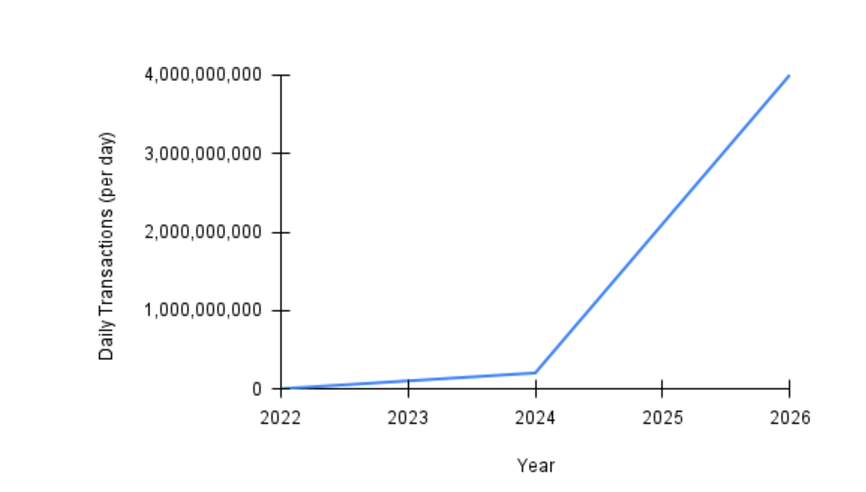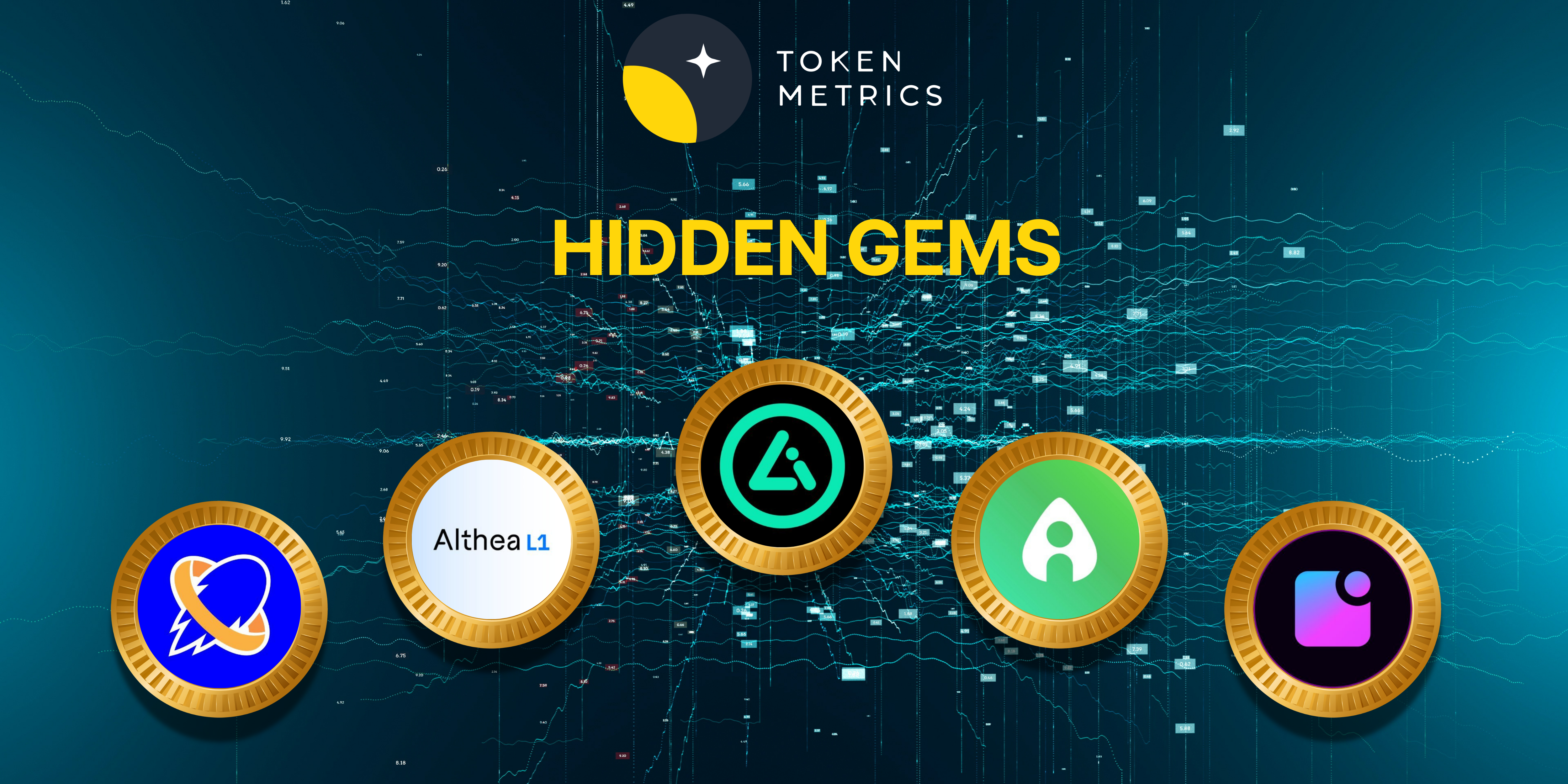Sonic VM is a blockchain platform built on Solana, designed to support decentralized gaming with sovereign game economies that roll up and settle on Solana. It uses HyperGrid, a scaling framework that provides customizability and high performance while staying compatible with Solana.
Sonic offers a fast, on-chain gaming experience, allowing developers to execute transactions without redeploying their existing Solana programs. It also enables dApps from Ethereum (EVM) chains to be deployed on Solana through HyperGrid’s interpreter.
Sonic’s gaming chain focuses on creating independent and efficient in-game economies, offering a distinct approach compared to traditional trading experiences in gaming.
About the Project
Vision – Sonic was developed with the goal of unlocking new possibilities for both game developers and players. The team envisions the platform as a hub for high-performance decentralized gaming, offering an innovative approach that sets it apart from traditional models of trading in-game assets.
Problem – Sonic VM is addressing several challenges with how high-performance, on-chain game economies operate today. Currently, the infrastructure of blockchain platforms like Solana is being pushed to its limits due to the rapid growth of dApps and gaming. As transaction throughput increases, performance issues like lag, failed transactions, and high latency are becoming common.
For example, during a major in-game event like a holiday sale or server launch, hundreds of thousands of players might interact with the blockchain simultaneously, overwhelming the system. This leads to delays in transaction confirmations, failed interactions, and a poor user experience. Such challenges can frustrate players, damage the reputation of games, and even affect other applications on the blockchain by saturating the network.
Another issue is that game developers face significant challenges in scaling their dApps. Existing blockchains often require custom solutions to handle the unique needs of high-volume, real-time gaming, which can be expensive and time-consuming. This limits the ability of developers to create engaging, large-scale games that run smoothly on-chain.
Additionally, Sonic’s pay-per-use model makes it accessible to a wide range of users, from indie developers to large gaming companies. It offers a unified and reliable infrastructure for developers across ecosystems, enabling seamless deployment of dApps from Ethereum or other chains via HyperGrid’s interpreter.
Solution
Sonic VM is a blockchain platform built on Solana, designed specifically for decentralized gaming and high-performance on-chain game economies. It introduces sovereign game economies, allowing games to operate independently while leveraging Solana’s security and liquidity through rollups.
At its core, Sonic uses HyperGrid, a concurrent scaling framework that provides customizability and scalability, enabling it to handle high transaction loads without sacrificing composability with Solana. This makes it ideal for real-time gaming environments with large user bases and peak transaction spikes.
Sonic’s architecture includes clusters and validators that ensure decentralization and efficient consensus. Developers can deploy games without modifying existing Solana programs and even port dApps from Ethereum and other chains via HyperGrid’s interpreter.
To enhance the developer experience, Sonic offers tools like Sonic Explorer for real-time network insights, Sonic Faucet for development SOL, and curated wallet extensions for seamless integration. Its pay-per-use model democratizes access, making high-performance gaming infrastructure available to developers and users across industries.
Sonic VM ensures scalable, reliable, and immersive decentralized gaming, setting a new standard for on-chain game economies while reducing strain on the Solana main chain.
Market Analysis

Solana blockchain is witnessing an explosive growth, with wallet accounts projected to reach 50 million by 2027 and daily transactions exceeding 4 billion by 2026. However, Solana current infrastructure faces scalability challenges, including high latency and reduced transaction success rates when TPS exceeds 4,000. These issues are especially problematic for emerging sectors like fully on-chain games (FOCG), where millions of simultaneous interactions during peak events can overwhelm the network, degrading user experience and hindering adoption.

The rise of decentralized gaming, dApps, and metaverse projects highlights a significant demand for scalable infrastructure. Sonic VM’s focus on resolving throughput bottlenecks positions it as a critical enabler for industries reliant on high-frequency transactions. The blockchain gaming market, coupled with growing dApp ecosystems, presents a multibillion-dollar opportunity for solutions that ensure reliability, low latency, and scalability.
With projected exponential growth in decentralized applications and the urgent need for infrastructure to handle it, Sonic VM has a clear market opening to address the scalability needs of blockchain gaming and beyond
Competitors
While there are alot of L2 chains out there, a more direct competitor to Sonic VM is Eclipse.
Eclipse – Eclipse is a Layer 2 blockchain that bridges Ethereum’s security and liquidity with Solana’s speed and scalability by using the Solana Virtual Machine (SVM). It supports parallel transaction execution, enhancing throughput and efficiency, and leverages Celestia for data availability, enabling high transaction volumes. Unlike many projects, Eclipse has no native token, instead using ETH for transaction fees. Its compatibility with both Ethereum smart contracts (via Neon EVM) and Solana dApps allows developers to transition seamlessly between ecosystems. Positioned as a unifying platform, Eclipse addresses fragmentation and scalability, offering a robust environment for building high-performance applications.
Uniqueness Value Proposition of Sonic VM
Sonic VM is built on the Solana blockchain, specifically designed to enhance gaming applications through its unique Layer 2 infrastructure. In contrast, Eclipse operates primarily within the Ethereum ecosystem, utilizing the Solana Virtual Machine (SVM) to provide Layer 2 solutions for Ethereum-based applications. This distinction means that Sonic VM is focused on optimizing gaming experiences on Solana, while Eclipse aims to bridge scalability and performance for Ethereum developers.
Target Audience and Use Case
Sonic VM targets game developers looking to create decentralized games with high throughput and low costs, leveraging Solana’s capabilities. It utilizes features like HyperGrid technology enabling interoperability for FCOG between EVMs and Solana. On the other hand, Eclipse focuses on providing a scalable environment for a broader range of decentralized applications (dApps) on Ethereum, emphasizing interoperability and ease of transition for developers familiar with Ethereum’s ecosystem.
Features
- Layer 2 Infrastructure: Sonic is the first Layer 2 solution utilizing the Solana Virtual Machine (SVM), specifically tailored for gaming applications. This allows for high-speed processing and scalability, enabling developers to handle millions of transactions per second without compromising performance.
- HyperGrid Technology: At the core of Sonic’s architecture is HyperGrid, a framework that supports custom rollups for games. This technology enhances scalability and allows for seamless integration with Ethereum Virtual Machine (EVM) contracts, making it easier for developers familiar with EVM to transition their projects to Solana.
- Interoperability: Sonic offers high interoperability, allowing developers to deploy applications on Sonic without needing to redeploy them on Solana. This feature ensures that developers can leverage Solana’s base layer services and liquidity while maintaining their game-specific functionalities.
- Cost Efficiency: The platform provides fast transaction speeds at low costs, making it one of the most economical options for on-chain gaming. This affordability is crucial for attracting both developers and players, ensuring a broad user base and vibrant gaming ecosystem.
- Developer Support Tools: Sonic equips developers with a variety of specialized tools, including sandbox environments and customizable game primitives based on the Entity-Component-System (ECS) framework. These resources facilitate easier game development and allow for innovative gameplay mechanics.
Traction
Sonic VM has achieved remarkable growth featuring 2.4M+ unique active wallets, 4B+ in total transactions, and has 20+ gaming and NFT smart contracts deployed on its ecosystem.
Investors
Sonic VM has raised a total of $16 million so far. This includes $12 million from a Series A funding round completed recently, which followed an earlier $4 million seed round raised in early 2022. The Series A round was led by BITKRAFT Ventures, with participation from other notable investors like Galaxy Interactive and Big Brain Holdings
Team
The team at Sonic VM have strong industry experience with notable companies such as ByteDance
Chris Zhu – Currently Leads Sonic VM as the CEO. He was previously Product manager at ByteDance. Other corporate experience includes his role as the VP of Product at rct AI. A graduate of NYU Stern Business School.
Devon M – Currently functions as the Chief Business Development Officer. Devon’s background includes being a Head of APAC at Helika.
Jonathan Bakebwe – Functions as the CTO of Sonic VM. Jonathan was previously the CTO of xTellar works. He also functions as the Tecnical Lead at rct AI.
Conclusion
Sonic VM aims to address scalability and performance challenges that is faced by Fully Onchain Games(FCOG) on the Solana blockchain. By addressing this problem, the platform empowers developers to create sovereign game economies that are fast, reliable, and efficient. With the innovative HyperGrid framework, compatibility with Solana and Ethereum ecosystems, and a focus on user experience.
Its impressive traction—millions of active wallets, billions of transactions, and growing adoption for gaming and NFTs—demonstrates its potential to help global gaming projects scale and be interoperable.
| Fundamental Analysis | |||||
| Max score | Options | Score | |||
| Problem | 10 | Moderate, somewhat persistent problem | 7 | ||
| Solution | 10 | Some uniqueness, moderate defensibility | 7 | ||
| Market Size | 10 | Moderate market with potential for growth | 7 | ||
| Competitors | 10 | High competition, but room for differentiation | 7 | ||
| Use case | 10 | Use case with good potential | 8.5 | ||
| Current Traction | 10 | Solid traction, user engagement and retention growing | 8 | ||
| Unit Economics | 5 | Unit economics currently negative, no clear path to profitability | 1 | ||
| Tokenomics | 10 | Basic token strategy, potential for improvement | 7 | ||
| Product Roadmap | 5 | Unclear or unrealistic product roadmap | 1 | ||
| Business Model | 10 | Business model with some potential, but improvement needed | 7 | ||
| Go-to-Market Strategy | 5 | Solid GTM strategy, clear target market and channels | 4 | ||
| Community | 5 | Acive and growing community | 4 | ||
| Regulatory Risks | 5 | Minimal regulatory risk, strong mitigation and adaptability | 5 | ||
| Total Score | 70.00% | ||||





